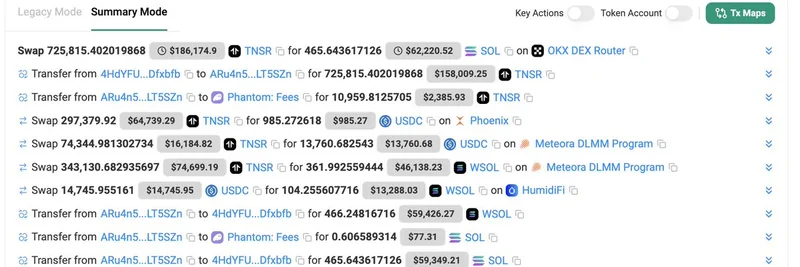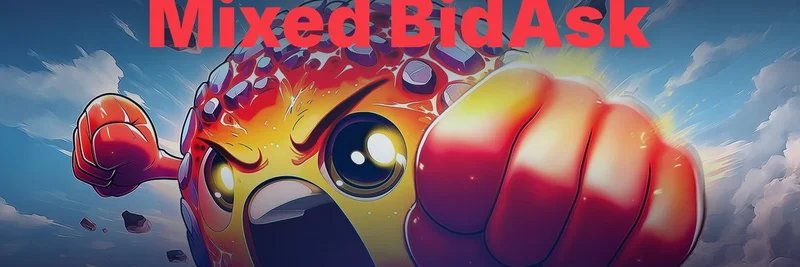If you've been following the crypto space, you know that big whale moves can send ripples through the entire market—especially when it comes to Bitcoin, the king of cryptos. Recently, the on-chain analytics account Lookonchain spotlighted a massive deposit from a so-called "Bitcoin OG" whale. This early Bitcoin holder, often referred to as BitcoinOG(1011short) due to their history of shorting around key market events, just transferred 665.9 BTC—worth about $55.18 million—to Binance over a three-hour span.
This isn't the first time this whale has made headlines. Back in early November 2025, Lookonchain reported the same entity dumping another 500 BTC ($54.98 million at the time) to Kraken. And going further back to October, this whale has been consistently offloading BTC while building substantial short positions on platforms like Hyperliquid. For context, a short position is essentially a bet that the price will go down—profiting from declines. Since what some are calling the "1011 market crash" (likely referring to a sharp drop around October 11), this whale has deposited over 5,000 BTC (hundreds of millions in value) across exchanges like Binance, Coinbase, and Hyperliquid, all while expanding their BTC shorts to as much as 2,100 BTC.
You can check the wallet's activity yourself on Arkham Intelligence. It's labeled as a Bitcoin OG, meaning it's tied to early adopters who've held coins for years, possibly mining or acquiring them when BTC was worth pennies.
なぜミームトークンに影響するのか
Now, you might be wondering: What does a Bitcoin whale's dump have to do with meme coins? Well, in the crypto ecosystem, everything's connected. Meme tokens—like Dogecoin, Shiba Inu, or the latest viral sensations on Solana or Base—thrive on hype, community, and market momentum. But they're also incredibly sensitive to Bitcoin's price swings. When BTC dips due to big sells like this, it often triggers fear, uncertainty, and doubt (FUD) across altcoins and memes, leading to cascading sell-offs.
Think about it: If a major holder is dumping BTC and shorting it, it signals bearish sentiment from someone with deep pockets and potentially insider-like knowledge. This can spook retail traders, causing meme coin prices to plummet as liquidity dries up. On the flip side, these dips can create buying opportunities for those who believe in the long-term bull run. We've seen it before—meme tokens often rebound harder than BTC when the market turns positive.
For blockchain practitioners and meme enthusiasts, tracking these whale alerts is crucial. Tools like Lookonchain or Arkham help demystify on-chain data, showing how "smart money" moves. If this whale's actions foreshadow more downside, meme token holders might want to tighten stop-losses or diversify. But remember, crypto is volatile; past dumps don't guarantee future crashes.
歴史的文脈と市場への影響
This whale earned their "1011short" moniker from accurately timing shorts during the October market turbulence, reportedly profiting millions in unrealized gains. Their strategy seems to involve transferring BTC to exchanges (likely to sell) while hedging with leveraged shorts on DeFi platforms like Hyperliquid, which allows high-leverage perpetual contracts.
In the broader picture, with Bitcoin hovering around recent highs (as of November 2025), these moves could indicate profit-taking or preparation for a correction. For meme coins, which often amplify BTC's volatility by 2x or more, this is a red flag. Popular memes like PEPE or WIF have shown resilience in bull markets but crater during BTC pullbacks.
If you're building in the meme space or just trading for fun, stay informed. Follow on-chain analysts, use explorers, and always DYOR (do your own research). Whales like this one remind us that while memes are about community and laughs, the underlying tech and market dynamics are serious business.
What do you think—is this whale signaling the end of the rally, or just another blip? Drop your thoughts in the comments below.



